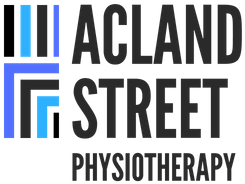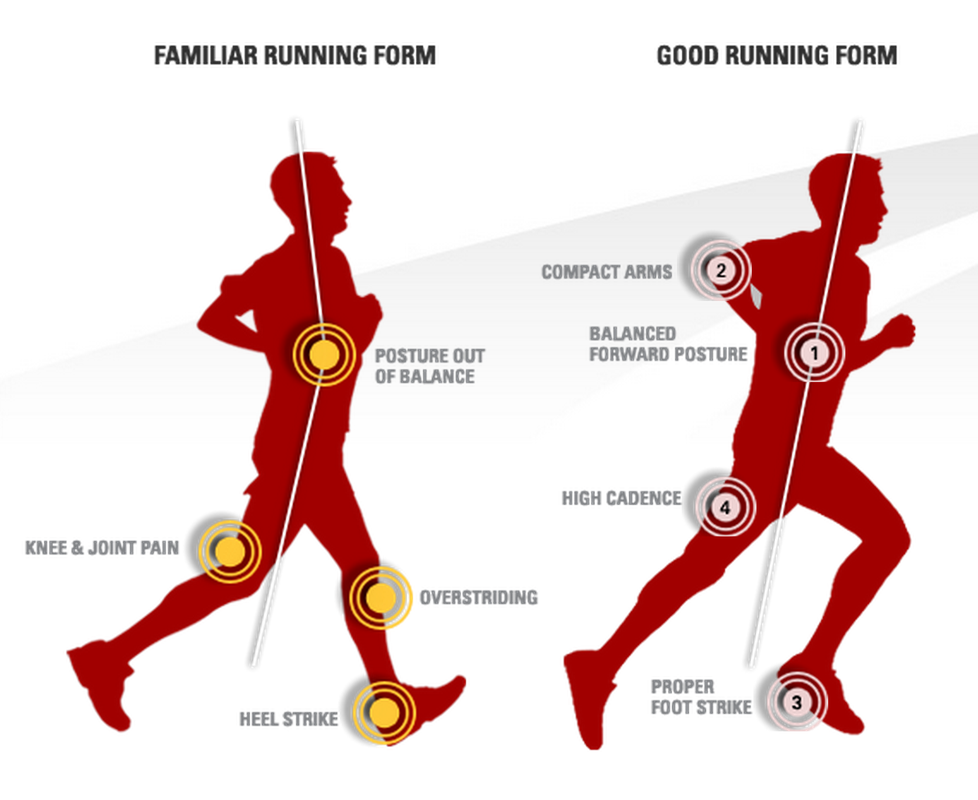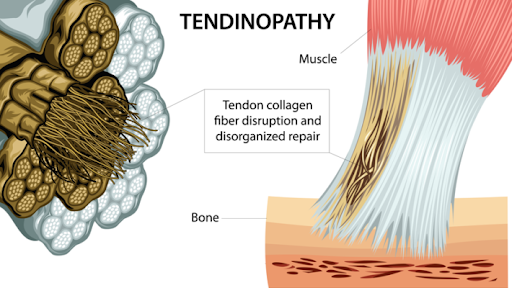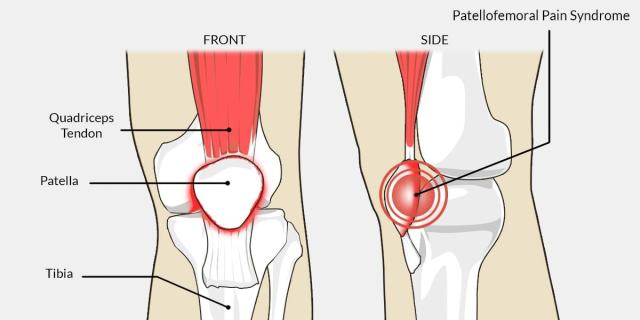|
During the COVID-19 pandemic, running observably has become an extremely popular exercise activity locally obviously, for its health benefits and simplicity as no equipment is required. I am avid runner myself recreationally often clocking up 50kms per week. Over the past 10 years as a physiotherapist, I have coached hundreds of my patients who have never ran before to shed a few pounds or improve their overall fitness. Many of my patients have misconceptions about running in particular, that running is bad for your knees and that you are at major risk of arthritis. This common concern has been debunked by science by multiple studies. Based on large population studies, the chances of developing arthritis from regular running are very slim. In fact, regular running has shown to strengthen joints and plays a protective role in the development of osteoarthritis later in life. Commonly reported knee pain by runners at Acland Street Physiotherapy that is generally treatable with a moderate amount of physiotherapy and strength training are Iliotibial Band Syndrome or Patellofemoral Pain Syndrome.
The following is a concise infographic on how what good running form generally looks like. If you would prefer to further explore this, please do not hesitate to make a booking with us for a comprehensive physiotherapy and biomechanical running assessment.
13 Comments
Tendinopathy is a generic term used to describe injuries to the tendon associated with inflammation and degeneration. It can be either characterised as a painful or pathological condition associated with overuse. Usually pain is associated with increased loads and a recognition that there has been a relative increase in inactivity. Pain is often reported as sharp early on and then becomes a dull ache weeks later. Pain may be present at the beginning of the activity then disappear during it, then returns on subsequent attempts of the activity.
Tendinopathies are common as they have a poor blood or nutrient supply compared to skeletal muscles. In fact, the oxygen consumption of tendons is about 7.5 times lower than skeletal muscles. A relatively low metabolic rate results in generally slow healing after injury. Common tendinopathies seen at Acland Street Physiotherapy include:
Tendinopathies generally respond well to physiotherapy treatment. This could include treatment techniques such as manual therapy, extracorporeal shockwave and eccentric strengthening exercises to improve the load capabilities of the tendon. Anterior knee pain also referred to as "patellofemoral pain syndrome" is a common presentation I see at Acland Street Physiotherapy on a daily basis. It can often be referred to as "runner's knee" as it is a common injury presented in the running population due to oversuse. The patella is the knee cap while the femur is the thigh bone. The joint between the knee cap and thigh bone is called the patellofemoral joint, which acts as a lever in support of movement of your knees. During movement of the knees, the patella works by running up and down smoothly along the groove. The stability and control of this joint is primarily dependent on the biomechanical balance between the static and dynamic supporting soft tissue structures around it. These soft tissue structures that are important to note that the ITB (iliotibial band) which is on the outside of the knee and the inner quadriceps muscle VMO (vastus medialis oblique) which is on the inside of the knee. An imbalance of these structures can lead to patello maltracking issues, causing movement dysfunction and the patella not running smoothly up and down in its groove. In addition to the knee, this involves a physical assessment of trunk control, hips and feet. Often, this condition responds well to addressing overall lower limb biomechanics, patella taping, balance (proprioception) exercises, inner quadriceps activation and strengthening exercises, manual release of tight soft tissue structures in particular the ITB and TFL (tensor fascia latae). An interesting insight based on my experience is that on many patient presentations, those who have tried to alleviate or treat patellofemoral pain syndrome have ignored hip strengthening exercises. A high quality research study (systematic review) in 2015 demonstrated that hip strengthening exercises can significantly reduce the intensity of pain as well as improve function and mobility. |
Author
Archives
May 2024
|
Copyright Acland Street Physiotherapy © 2024




 RSS Feed
RSS Feed